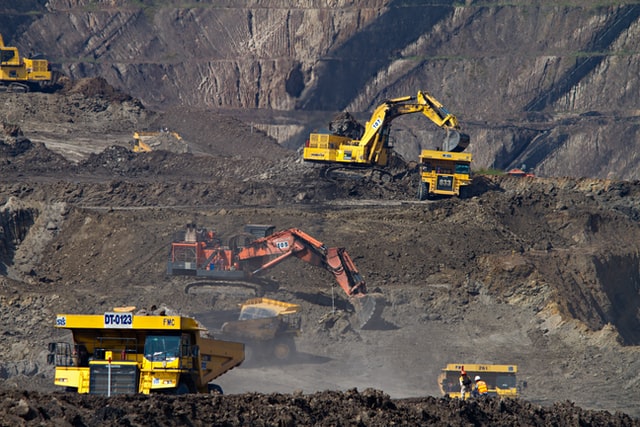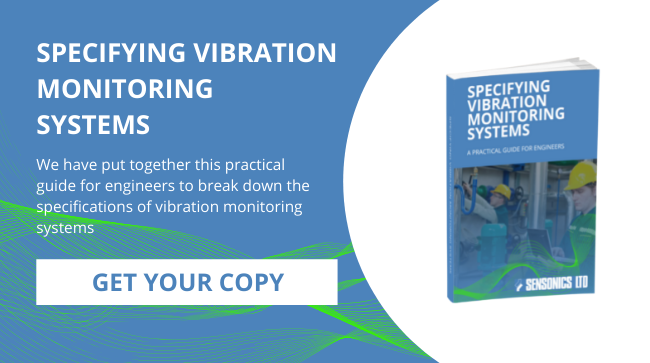3 Benefits Of Condition Monitoring Systems In The Mining Industry
With demand slowing in recent years and commodity prices falling, it’s crucial that the mining industry maximises productivity and plant efficiency to stay competitive. In an industry that depends heavily on fully functioning equipment, any interruptions to operations pose a serious risk to the business’s financial stability. Unplanned downtime, caused by unforeseen technical problems and breakdowns, impacts severely on plant efficiency by reducing output and increasing costs.
A machine condition monitoring system offers a proactive, time-critical solution that maximises uptime, improves productivity, reduces costs, and safeguards operators.
What Is A Condition Monitoring System?
An integrated condition monitoring system delivers a scalable and customisable solution for mining operations, enabling plant managers to identify the earliest signs of mechanical failure so that prompt remedial action can be taken.
With origins in the mid-nineteenth century, condition monitoring (CM) has become the failsafe solution for many industries who rely on machinery to achieve high levels of productivity and profitability. In condition monitoring, highly sensitive sensors constantly evaluate the status of equipment during normal operations, measuring variables such as vibration, temperature, and power draw. CM combines data acquisition, processing, and comparison (against baselines, trends, and similar machines) to identify the slightest deviations from normal performance.
The Benefits Of CM For The Mining Industry
If you’re a plant manager in the mining industry, how could condition monitoring benefit your business?
-
Increased Productivity
Unscheduled downtime is the nemesis of profitability in mining, as any unplanned interruptions to production will have a rapid and significant impact on productivity. When essential machinery is taken out of service, operatives are unable to carry out their usual work and bottlenecks emerge in the production line. If repairs are complex or new parts are required, the delay in resuming operations can be substantial.
Condition monitoring alerts staff to emerging problems long before they become serious issues, so a brief equipment shutdown can take place at a convenient time to allow investigations to be conducted, avoiding lengthy downtime later.
-
Lower Costs
A reactive approach to maintenance – fixing a fault when it occurs – is always more expensive in the long-term. In part, this is because opportunities to address a minor problem are missed, leading to serious technical breakdowns; also, a ripple effect may occur whereby other components fail as a result.
Over half of machine downtime is caused by hidden internal faults, many of which are difficult to spot from visual inspections. Condition monitoring flags emerging problems at the earliest opportunity, far sooner than would be possible with other maintenance protocols. With minimal downtime required to fix minor faults, lower expenditure is necessary to keep equipment in optimal condition.
-
Improved Operator Safety
When equipment fails, there’s sometimes the risk of injury to personnel working in the immediate vicinity. If an unknown major technical problem is emerging, engineers may not have adequate warning to move to another area of the site, while machinery is shutdown safely.
Equipment condition monitoring provides early warning of developing problems, so that operatives can immediately shut down the machinery or move away from it to a place of safety, safeguarding their wellbeing and the business’s valuable assets.
Download Your Free Guide From Sensonics
To find out more about our condition monitoring solutions, please download our free guide or call us on 01442 876833.
Image source: Unsplash



